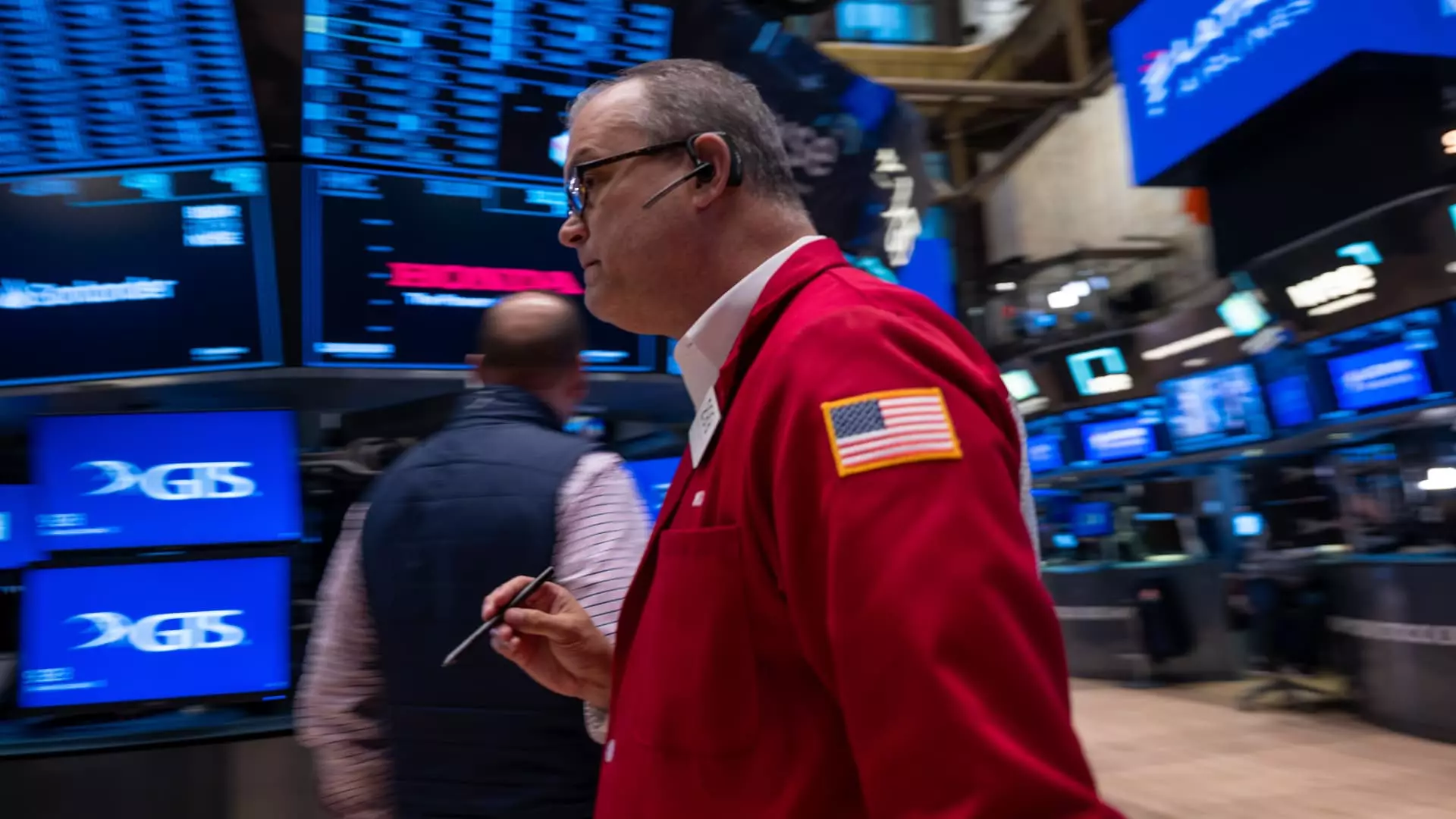On a pivotal Tuesday, as the American public braced for a critical United States presidential election, the S&P 500 demonstrated a notable upward trajectory, rising by 0.7%. This increase was mirrored in the Nasdaq Composite, which enjoyed nearly a 1% gain. Meanwhile, the Dow Jones Industrial Average added 195 points, representing an approximate 0.5% rise. These movements came amidst a tightly contested race between former President Donald Trump and Vice President Kamala Harris, according to NBC News polls indicating a highly competitive landscape.
Investor sentiment is closely linked to not just the presidential contest, but also the control of Congress. The potential for either party to secure a sweeping victory raises speculations about future spending patterns and tax reforms. Such shifts could reverberate through the entire market, impacting various sectors substantially.
The forthcoming election results are poised to influence stock performance significantly as the year draws to a close. Historical data suggests a typical rally in stock indices from Election Day to year-end; however, there is a cautionary note regarding the sessions immediately following the election, where markets often face turbulence. Observers are already bracing for potential volatility driven by the uncertainty of outcomes.
Alicia Levine, head of investment strategy and equities, expressed optimism in the face of these uncertainty-driven challenges during an appearance on “Squawk Box,” suggesting that a divided Congress could yield a more stable market environment than a unified partisan government. This sentiment reflects an underlying belief in the resilience of the market amidst political discord.
In addition to the imminent election results, market participants are also keeping a watchful eye on forthcoming decisions from the Federal Reserve, specifically regarding interest rates. With a critical meeting scheduled for November, expectations are leaning towards a 25 basis point cut, as suggested by analysts at CME Group’s FedWatch Tool. This anticipated reduction follows a significant 50 basis point cut enacted in September, highlighting ongoing concerns about economic growth and inflation.
Through all this, earnings reports from tech companies are introducing their own dynamics into the market. For instance, Palantir Technologies saw a substantial 16% rise in stock price following encouraging quarterly results and optimistic revenue predictions. Conversely, NXP Semiconductors faced a downturn of 7% due to cautious guidance reflective of broader macroeconomic uncertainties.
Despite experiencing a downturn just the previous day, where the Dow fell over 250 points and the S&P 500 and Nasdaq recorded declines of around 0.3%, the S&P 500 is enjoying a remarkable year. With year-to-date gains exceeding 19%, the index is flirting with its historical highs, coming within 3% of its peak valuation.
The interplay of political dynamics, economic forecasting, and corporate performance presents a complex landscape for investors. As traders navigate these waters, they must balance optimism with caution, preparing for potentially significant shifts in both policy and market behavior in the wake of the upcoming election results.

Leave a Reply